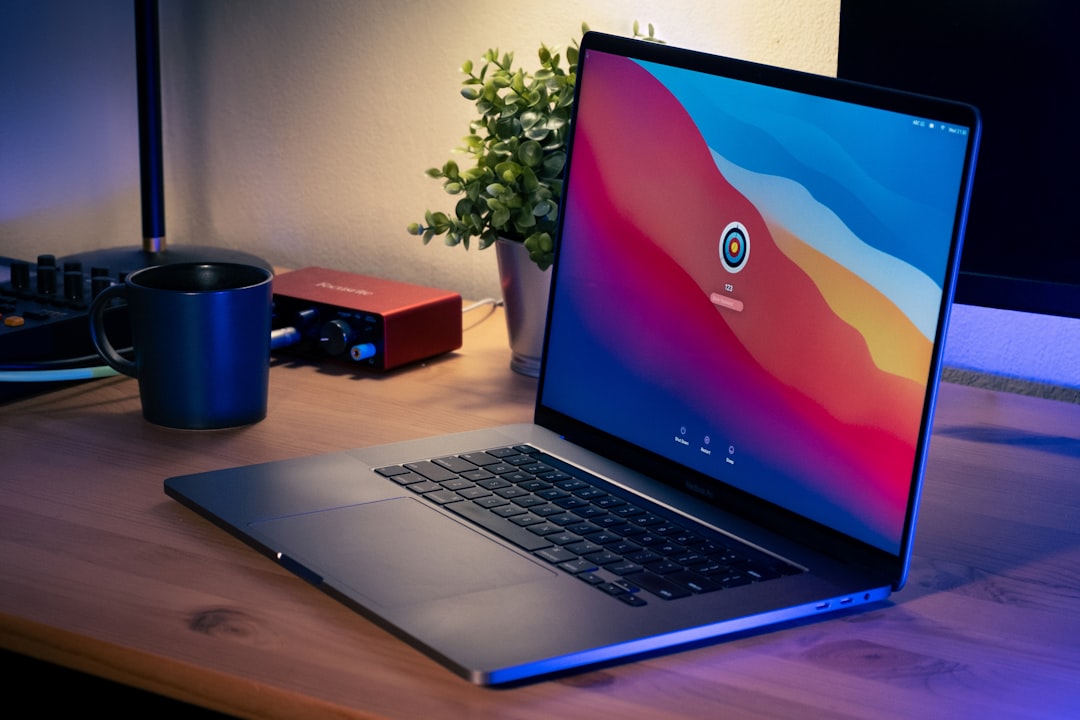In recent years, video conferencing has not just become a convenience but a necessity for countless businesses and individuals around the world. **As we look toward 2025, technological advancements are set to further transform the video conferencing landscape, with software becoming more sophisticated, user-friendly, and integrated with our daily lives.**
The rise of remote work and the increasing globalization of businesses have shifted how we collaborate, making robust video conferencing solutions indispensable. Tools like Zoom, Microsoft Teams, and Google Meet have already set high standards, but what can we expect from these platforms, and new entrants, in 2025?
Forward-looking strategies see video conferencing moving beyond simple video and audio calls. The future will likely include enhanced AI-driven features such as better background noise cancellation, improved voice recognition for smoother transcription, and real-time language translation. These will cater to more globalized meetings, erasing language barriers in international communications.
We also anticipate the introduction of virtual reality (VR) and augmented reality (AR) into video conferencing, offering immersive meeting experiences that make participants feel as though they’re in the same room. Such innovations will revolutionize the way teams collaborate globally, making meetings more interactive and engaging.
Additionally, future video conferencing software might integrate with IoT devices for smart office solutions, providing features like automated room booking and equipment adjustment based on user preferences or meeting type. Security, too, will be a focal point, with enhanced encryption protocols ensuring that private conversations remain confidential.
Several players are poised to lead the video conferencing software industry in 2025. Zoom is continuously updating its interface and capabilities, focusing on scaling its operations for larger events and enhancing security measures. Microsoft Teams offers seamless integration with other Microsoft products, ensuring a holistic productivity suite, ideal for businesses operating within the Microsoft ecosystem.
Google Meet is likely to leverage its AI capabilities stemming from Google’s extensive research in machine learning, driving new features into its offering. These could include advanced data analytics tools that help organizations gather insights from meeting logs to optimize productivity and engagement.
New entrants aren’t standing still either. Startups are innovating with niche solutions tailored to specific industries, like healthcare and education, where video conferencing needs are unique.
Looking ahead, the focus will be on seamless integration across devices and platforms. As users switch from desktop to mobile or tablet, maintaining a consistent and secure experience will be critical. Future video conferencing tools are expected to have seamless hand-off capabilities, allowing users to start a call on one device and continue it on another without interruption.
The future of video conferencing is bright, with 2025 expected to showcase a blend of cutting-edge technology and user-centric design. For businesses and users, staying updated with these advancements will be crucial for maintaining efficiency and competitiveness in the global market.
As the pace of innovation quickens, embracing these next-generation solutions will not only optimize how we communicate but redefine our approach to collaboration in a digitally connected world.
Open Source & Software
The Best Video Conferencing Software for 2025
















Leave a Reply